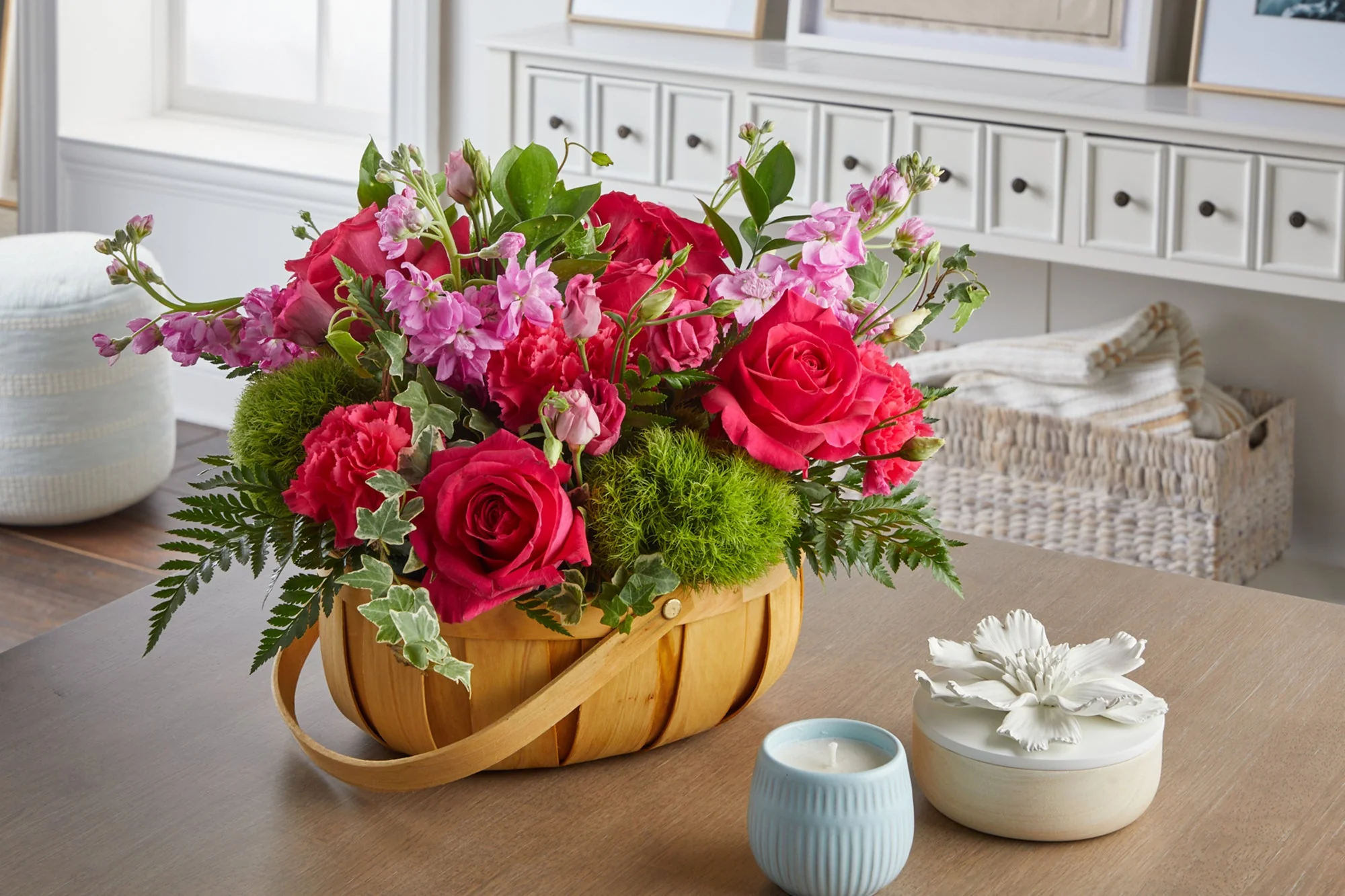Mollflwers—an enigmatic and captivating variety of flowers that have captured the hearts of gardeners and flower enthusiasts alike. But what exactly are Mollflwers, and why have they gained such popularity? In this ultimate guide, we’ll explore everything you need to know about Mollflwers, from their origins and unique characteristics to how you can successfully grow and care for them in your garden. Whether you’re a seasoned gardener or just beginning your journey into the world of flowers, this guide will provide valuable insights to help you understand and appreciate these fascinating blooms.
Understanding Mollflwers
Mollflwers come in a variety of forms, each with its own set of characteristics that make them distinct from other flowers. Broadly, Mollflwers can be divided into two categories: wild Mollflwers and cultivated Mollflwers.
- Wild Mollflwers are those that grow naturally in the wild without human intervention. They are often hardy and adaptable, thriving in diverse environments from forests to meadows.
- Cultivated Mollflwers are selectively bred for specific traits such as color, size, and fragrance. These are commonly found in gardens and nurseries, offering a wide range of options for flower enthusiasts.
One of the unique characteristics of Mollflwers is their ability to thrive in various climates and soil conditions. Unlike some flowers that require specific conditions, Mollflwers are known for their versatility. They also boast a diverse color palette, from vibrant reds and yellows to soft pastels, making them a favorite for floral arrangements and garden displays.
The History of Mollflwers
The journey of Mollflwers through history is as colorful as the flowers themselves. Early records suggest that Mollflwers were first discovered in ancient times, with evidence of their use in traditional medicine and religious ceremonies. Over time, these flowers have traveled across continents, influencing different cultures and evolving in appearance and significance.
In some cultures, Mollflwers are symbols of love and beauty, while in others, they represent resilience and strength. The evolution of Mollflwers has been shaped by both natural factors and human intervention, resulting in the diverse varieties we see today.
Growing Mollflwers
If you’re interested in adding Mollflwers to your garden, understanding their growing requirements is essential. These flowers thrive in well-drained soil with a balanced pH. They prefer a sunny location but can also tolerate partial shade, making them suitable for various garden settings.
When it comes to watering, Mollflwers are relatively low-maintenance. However, it’s crucial to ensure they receive adequate moisture, especially during dry spells. Fertilization should be done sparingly; too much can lead to excessive foliage at the expense of blooms.
One common challenge when growing Mollflwers is dealing with pests and diseases. Aphids, spider mites, and fungal infections are some of the typical issues. Regular monitoring and early intervention can help keep your Mollflwers healthy and vibrant.
Propagating Mollflwers
Propagating Mollflwers can be a rewarding experience, allowing you to expand your garden with minimal cost. There are several methods of propagation, including seed propagation, cuttings, and division.
- Seed Propagation: This method involves collecting seeds from mature Mollflwers and sowing them in a controlled environment. It requires patience, as germination can take several weeks.
- Cuttings and Divisions: For quicker results, you can propagate Mollflwers by taking cuttings or dividing mature plants. This method is particularly effective for maintaining the genetic characteristics of the parent plant.
The best time to propagate Mollflwers is during the growing season when the plants are most active.
Caring for Mollflwers
Caring for Mollflwers involves different practices depending on the season.
- Spring and Summer Care: During these seasons, Mollflwers are in their prime. Regular watering, deadheading spent blooms, and applying a light fertilizer can help promote continuous flowering.
- Fall and Winter Care: As temperatures drop, Mollflwers require less water. Mulching around the base of the plants can help protect the roots from frost. In colder regions, it may be necessary to bring potted Mollflwers indoors.
Pruning is another essential aspect of Mollflwer care. Regular pruning not only keeps the plants looking neat but also encourages new growth and more abundant blooms.
Mollflwers in Landscaping
Mollflwers are versatile plants that can enhance any garden design. Whether you prefer a formal garden layout or a more natural, wildflower-inspired look, Mollflwers can be incorporated to achieve your desired aesthetic.
For those looking to create a harmonious garden, pairing Mollflwers with companion plants like lavender, daisies, or ornamental grasses can create stunning visual contrasts. Mollflwers are also excellent choices for themed gardens, such as butterfly gardens or cottage gardens.
The Medicinal Uses of Mollflwers
Beyond their beauty, Mollflwers have been used for medicinal purposes for centuries. Traditional remedies often utilized Mollflwers for their anti-inflammatory and soothing properties. In modern times, extracts from Mollflwers are used in skincare products and herbal supplements.
However, it’s important to approach the medicinal use of Mollflwers with caution. While they have potential health benefits, not all parts of the plant may be safe for consumption, and it’s always best to consult with a healthcare professional before using them medicinally.
Mollflwers in Art and Culture
Mollflwers have inspired artists and writers for generations. Their vibrant colors and unique forms have made them popular subjects in paintings, poetry, and literature. In many cultures, Mollflwers symbolize various virtues such as love, purity, and perseverance.
Festivals celebrating Mollflwers are common in regions where they grow abundantly. These events often feature parades, flower displays, and cultural performances, highlighting the significance of Mollflwers in the local heritage.
Popular Mollflwer Varieties
Among the many varieties of Mollflwers, a few stand out for their beauty and popularity. Some of the most loved Mollflwers include:
- Scarlet Mollflwer: Known for its deep red petals and strong fragrance.
- Golden Mollflwer: A bright yellow variety that thrives in full sun.
- Pastel Mollflwer: Soft pink and lavender hues make this variety a favorite for bouquets.
- Dwarf Mollflwer: Perfect for small gardens or container planting.
- Rare Blue Mollflwer: A unique and exotic variety prized by collectors.
Each of these varieties offers something special, whether it’s color, fragrance, or growth habit.
Mollflwer Arrangements and Bouquets
Creating beautiful Mollflwer arrangements is an art form in itself. Whether you’re crafting a bouquet for a special occasion or simply arranging flowers for your home, Mollflwers can add elegance and charm.
To ensure your Mollflwer arrangements last, it’s important to start with fresh, healthy flowers. Trimming the stems at an angle and changing the water regularly can help preserve their beauty. For special occasions, consider using Mollflwers in combination with other blooms like roses or lilies for a stunning effect.
Buying Mollflwers
When purchasing Mollflwers, you have several options. Local nurseries and garden centers often carry a variety of Mollflwers, allowing you to see the plants in person before buying. Online nurseries also offer a wide selection, sometimes including rare varieties not found locally.
When selecting Mollflwers, look for healthy plants with vibrant foliage and no signs of pests or disease. If buying online, ensure the seller has a good reputation for quality and customer service.
Mollflwers for Environmental Sustainability
Mollflwers play an important role in environmental sustainability. They attract pollinators such as bees and butterflies, contributing to the health of the ecosystem. By planting Mollflwers in your garden, you’re not only adding beauty but also supporting local wildlife.
For eco-friendly gardening, consider growing Mollflwers organically, without the use of harmful pesticides. This approach ensures a safer environment for pollinators and other beneficial insects.
Challenges in Growing Mollflwers
Growing Mollflwers isn’t without its challenges. Common problems include poor soil conditions, pest infestations, and diseases like powdery mildew. Troubleshooting these issues often involves improving soil quality, using natural pest control methods, and ensuring proper plant spacing for good air circulation.
If you encounter growth issues, it’s important to act quickly to prevent the problem from spreading. Regular garden maintenance and monitoring can help you catch potential problems early.
Conclusion
Mollflwers are truly a gardener’s delight, offering a blend of beauty, versatility, and cultural significance. Whether you’re growing them for their aesthetic appeal, medicinal properties, or contribution to environmental sustainability, Mollflwers is a worthwhile addition to any garden.
By understanding their needs and characteristics, you can cultivate Mollflwers that will thrive and bring joy for years to come. So why not start your Mollflwer journey today? With the right care and attention, these flowers can become the crowning glory of your garden.


